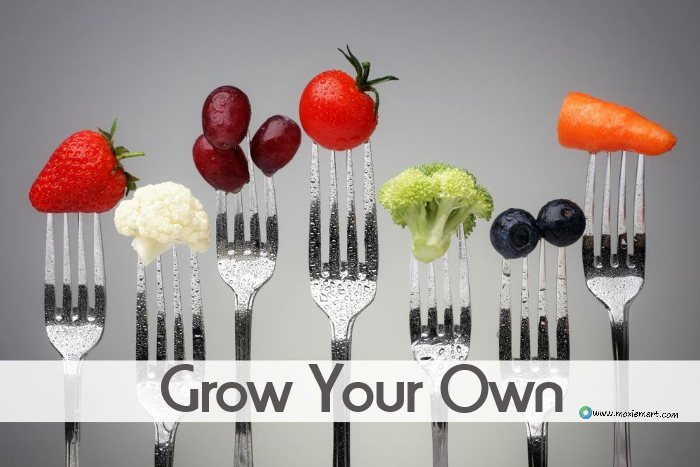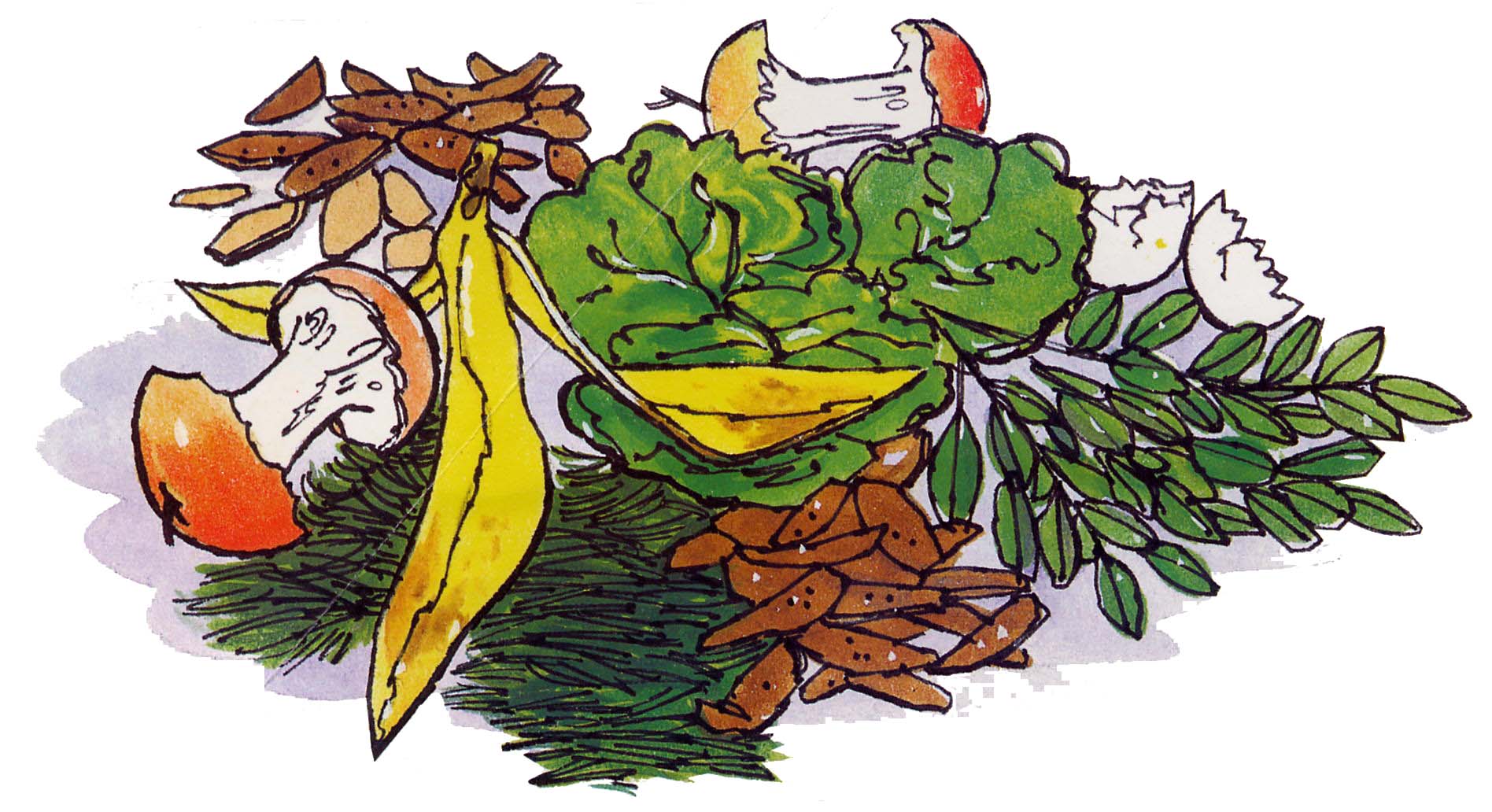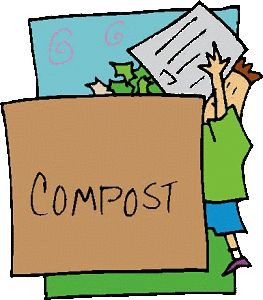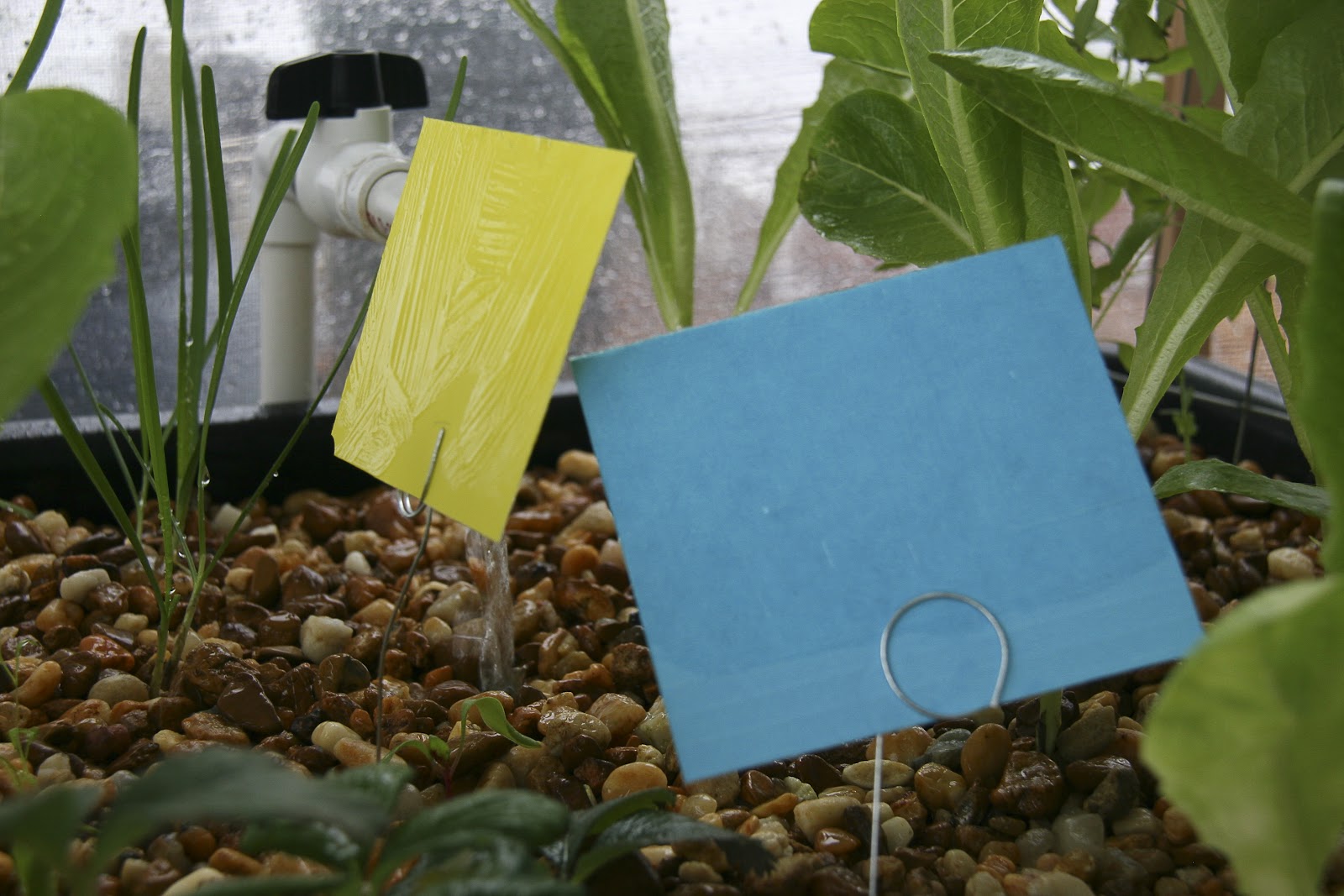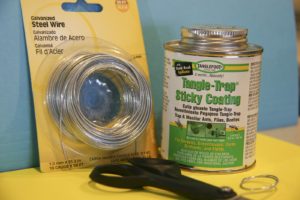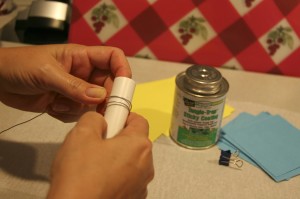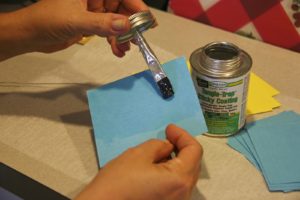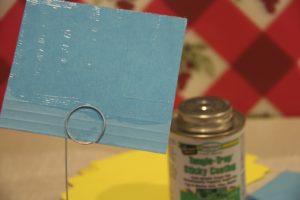Let’s grow veggies!
Warning! Growing your own organic veggies is heady stuff. Once you get your grown on, you won’t want to stop. How flippin’ fantastic is it to plant a tiny seed, nurture it through the stages of life and reap the rewards of a bountiful harvest? Well, let me put it this way – it’s kind of like parenting sans the sass and back talk! Quite fulfilling, plus you get sustenance. Bonus!
I was trying to figure out where to start with a gardening series for the blog and BOOM! this graphic found its way to me. Thanks, Aldo! To get you growing quickly I’m sharing this glorious graphic with you in hopes that you get busy growing.

Source: Fix.com
The information should get anyone started. Be on the look out for detailed articles on specific subjects.
In the meantime check out:
How to fight white flies and aphids naturally.
Why you should grow cruciferous veggies.
